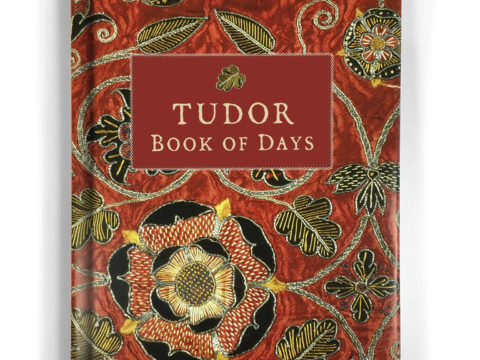Margaret Tudor: Life Story
Chapter 13 : War with England
Margaret now made a formal suit to the Papal Curia for a dissolution of her marriage, in which she was supported by Albany. Unfortunately, no matter how supportive Albany and the Scots Council were, Henry had far more influence in Rome. Wolsey ensured that the Pope would be informed that Margaret’s motives for wishing an annulment were not a genuine fear that her marriage was invalid, but to enable her to marry Albany. They were now on such good terms that they were rumoured to be having an affair and it was also rumoured, mostly by Angus and the pro-English faction, as well as by Wolsey, that if they married, James V’s life would be in danger.
Henry wrote abusive letters to the Governor, accusing him of abducting James, and of ‘inciting and stirring Margaret to be divorced from her lawful husband for what corrupt intent God knoweth.’
Relations between the two countries deteriorated, and Dacre began to prepare for renewed hostilities. The Scottish Estates sent a formal letter to Henry, once again confirming that Albany was the lawful Governor, that James was well cared for, and that Margaret was content with the situation. She herself thought that Henry’s letters to her were ‘sharp and unkind’. She protested her innocence of adultery, and accused Gavin Douglas of spreading foul slanders.
Angus went to France – there are conflicting reports about whether he chose to go, or whether Albany had him abducted and sent by force. Later, Albany gave him an official role at the French court, which, if he were kidnapped, at least allowed him to save face.
By the middle of 1522, the Scots were so enraged with English interference that Albany led a force as far as the border at Carlisle, although they did not cross into England. Dacre organised another truce, of which Albany took advantage by returning to France to explain to Francois that the only way that Scotland could support France in its renewed war with England (the Treaty of 1518 had collapsed and Princess Mary was now betrothed to the Emperor) was with French help.
Margaret persuaded Henry to offer a five year peace, and the idea that King James might be married to his cousin, Princess Mary, was mooted. It is unclear whose idea this was, but from the general tenor of the correspondence, it seems that it was put forward by the Scottish side initially. In fact, the Scots refused the terms of the peace and further fighting ensued.
Surrey, who was the son of the Earl of Surrey who had triumphed at Flodden, was charged with raising forces and invading Scotland, and also with arranging for Margaret to be ‘conveyed into England’. Dacre attempted a last minute truce by corresponding, without the knowledge of Henry or Wolsey (or so he claimed) with James Beaton, the Scottish Chancellor. Beaton responded by asking Dacre to send negotiators to himself and Margaret.
Dacre was playing a long game, By 12th June, he and his forces had burnt towns the length of the border, but on 14th June he wrote to Margaret advising her to ask Henry for a truce until Michaelmas (29th September). Simultaneously, he suggested to Henry and Wolsey that no large force be sent into Scotland until October, when the corn would be in and the Scots could be utterly destroyed.
Henry was still contemplating further invasions of France, so Wolsey advised that the Earl of Shrewsbury be left in England as François would certainly take the opportunity to send Albany back with a military force, and perhaps also Richard de la Pole, the Yorkist pretender to the English throne. Henry continued to put pressure on the French to prevent Albany returning, based on the 1514 treaty between England and France. Louise of Savoy, Francois’ mother, and chief counsellor, informed Henry’s ambassador that all Francois was bound to do was to ‘do what he could’ to keep the Duke in France, not positively restrain him from leaving. He had done the former at great expense already.
The English then gave the Scots to understand that they were preparing to march on Edinburgh, but no-one who abandoned allegiance to Albany and France, would be harmed.
Margaret, Queen of Scots
Family Tree




